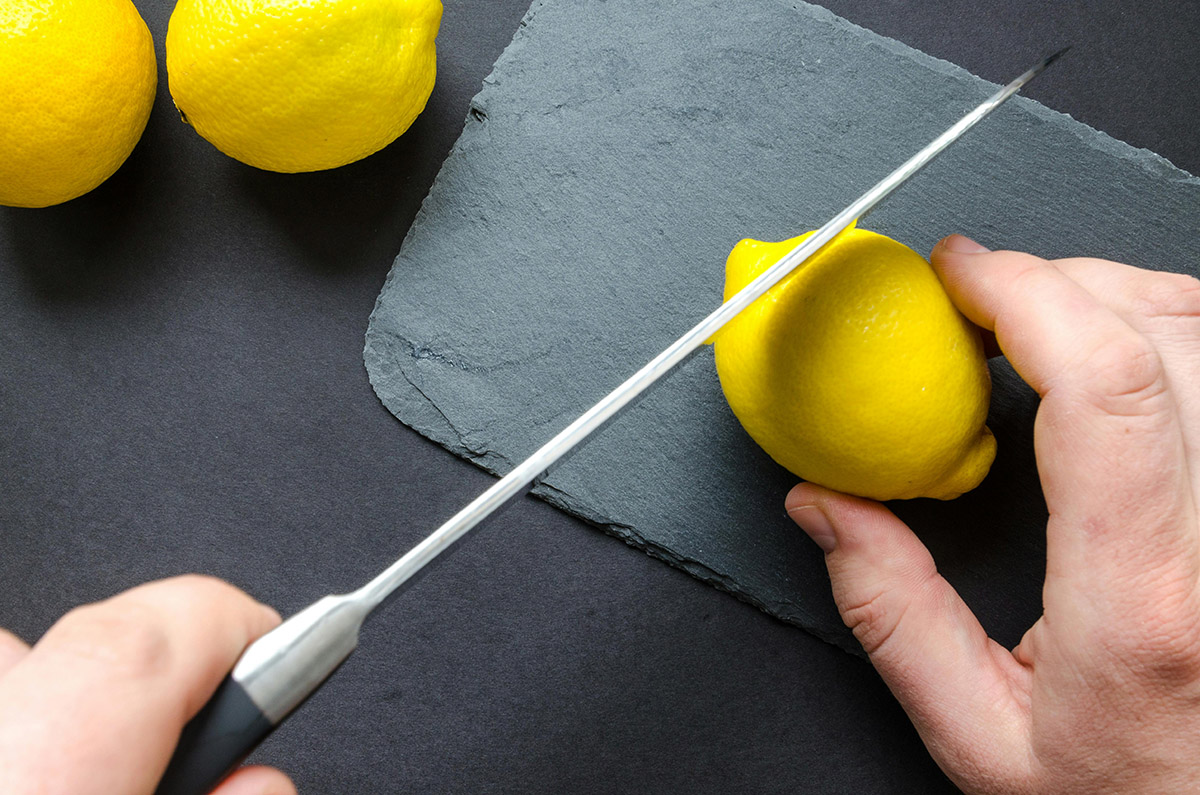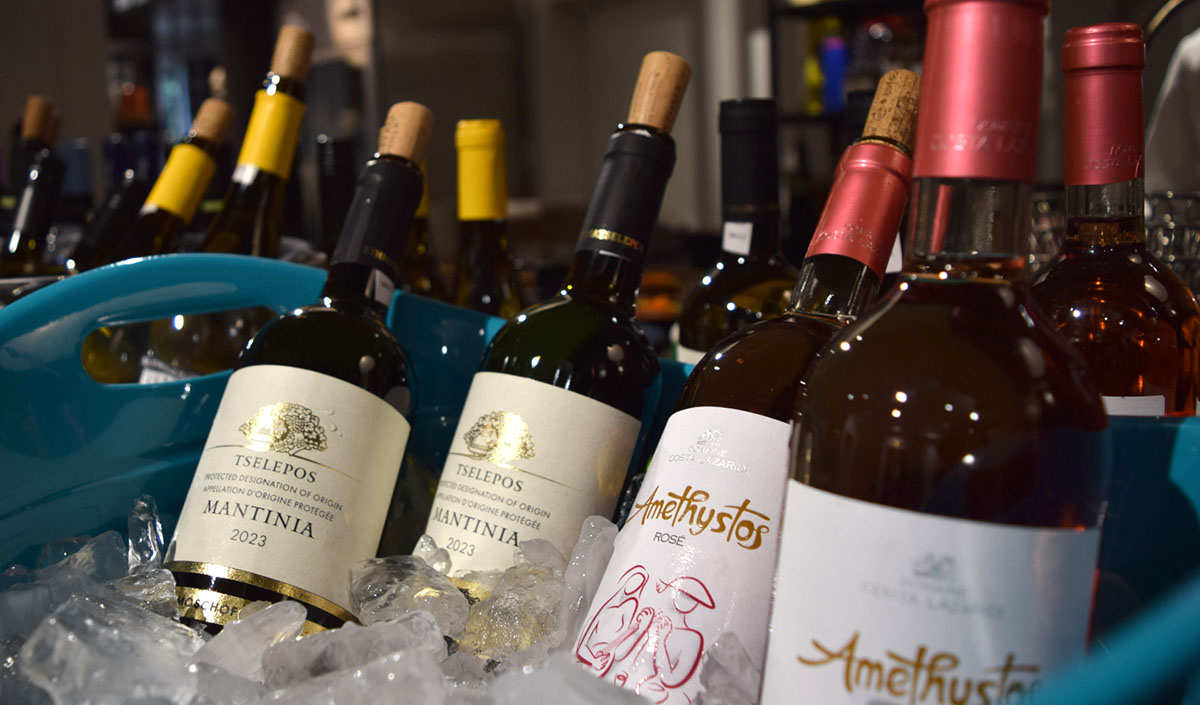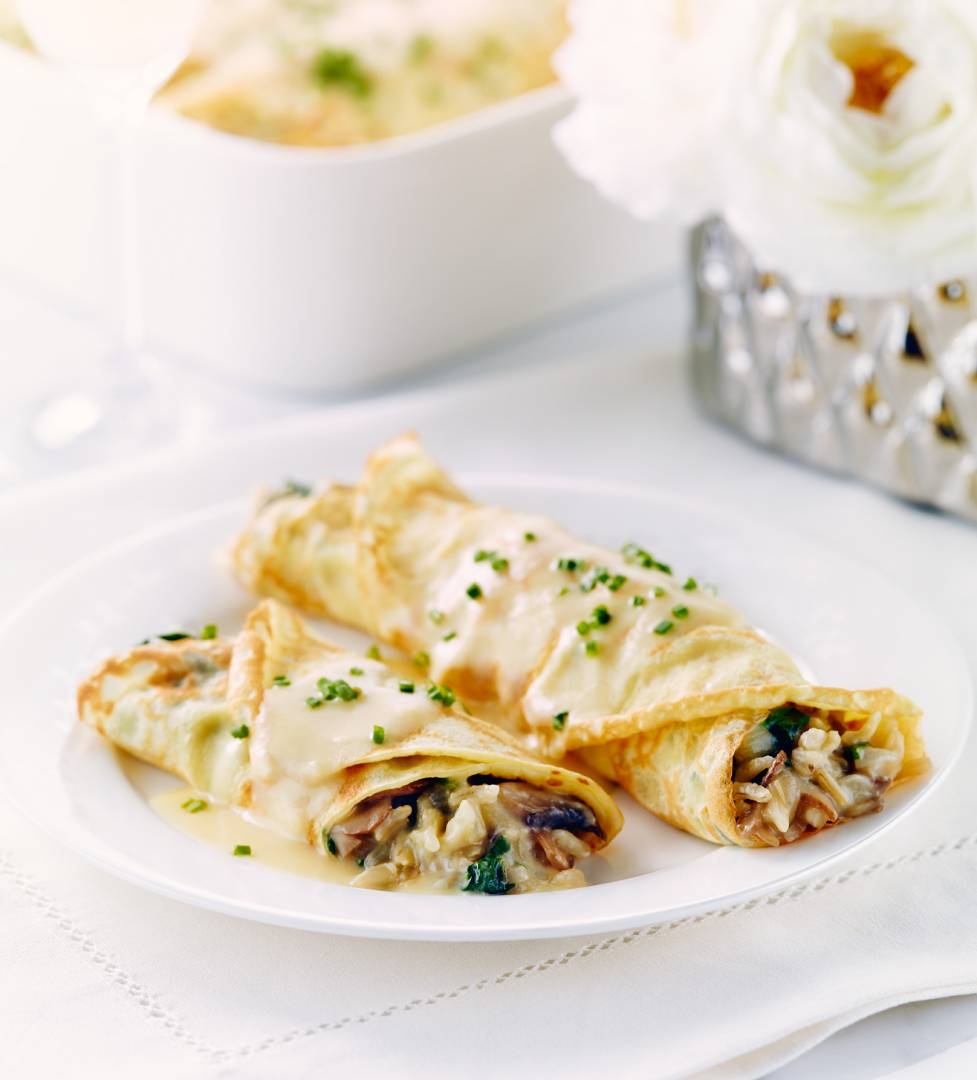
Bringing Canada and Hungary together through gastronomy
By Zoltán Tóth, Chef of the Embassy of Hungary (PHOTO: SHUTTERSTOCK)
Beat the lockdown blues by taking a culinary trip to Central Europe to make a Hungarian food and wine discovery.
Just because we are stuck at home, we need not deprive ourselves of life’s small pleasures — a good meal with a carefully selected, matching wine might be just what we need. Whether you’re looking for comfort food to cozy up to in your living room or something more fancy, Hungarian cuisine can provide you with countless great options, from street food to haute cuisine. To prove our point, we would like to invite you to embark on an imaginary trip to Hungary and to participate in that journey by preparing the following recipes and sharing them with your friends and family. Although the options are limitless, we have carefully chosen recipes that are rich in Hungarian flavours, but can be prepared from locally available ingredients, so there is no excuse to not try something new.
Hungary is a Central European country with an extraordinary history spanning over 1,100 years, a history that has shaped its amazingly rich and exciting gastronomy. Although Hungarian cuisine has a well-established reputation, it has been gaining popularity in recent years for its diversity and inviting mixture of tradition and novelty. In some parts of the world, it is still a hidden gem, especially in North America. Over the course of several centuries, different cultures have contributed to its culinary heritage and this amazing eclectic mix continues to be enriched by new epicurean influences. In the last couple of decades, the popularity of Hungarian cuisine has regaining momentum with its abundance of fresh water fish, delicious game dishes, its famous Mangalitsa pork, and its world-renowned duck, goose and rabbit fare. Hungarian cuisine is today one of the most diverse and colourful in Europe.
It is likely that you have heard of Goulash or perhaps have tried chimney cinnamon cake, both of which are Hungarian delicacies, but if you think this is all there is to Hungarian cuisine you are in for a treat. There is so much more to be discovered that you would literally spend months trying to cook them all.
But no Hungarian meal is complete without a glass of carefully paired wine. Hungarian wines, which we can proudly say are the crown jewel of Hungarian gastronomy, are not only acclaimed by wine connoisseurs all over the world, but also highly awarded internationally. They are particularly famous for their elegance and the subtlety of their flavors. Among this large collection of wines, we should mention the most famous of all, the world renowned Tokaji Aszú, an exquisite silky wine made from mainly endemic botrytized Hungarian Furmint and Harslevelu varieties of grapes. The exquisite taste of Tokaj and its golden colour is so prized that it has been known by European royals as “liquid gold”. Luckily, those living in the Ottawa area can find these wines in local wine and spirits shops during certain times of the year. The Tokaj/Tokaji geographical appellation is officially registered in Canada, which ensures quality for the Canadian buyers.
Given its unique location in the Carpathian basin, home to a nutrient-rich soil and a terrain dissected by vast rivers, this fertile land is known throughout Europe for its agricultural wealth, which translates into an abundance of sun-drenched organic vegetables, juicy fruits, and exquisite grapes.
Numerous Hungarian writers, poets and philosophers have written about the country’s culinary delights and its exquisite wines. There are even distinct literary genres and poetry dedicated to them. One of its most famous writers and philosophers was Béla Hamvas, in his book, “The Philosophy of Wine”, wrote:
“In each wine there lives a little angel who, when a person drinks it, does not die but makes its way among the innumerable little fairies and angels who inhabit that person. When the wine is drunk, the little genie is welcomed on arrival by those already within with songs and a deluge of flowers. The little fairy is enchanted and all but bursts into flames with joy. This joyous fire streams through and carries away the drinker.”
Today’s Hungarian cuisine is steadily reinventing itself to new generations of aficionados and newcomers alike, bringing back long forgotten dishes and ingredients, and gaining new appreciation and recognition in contemporary culinary arts.
Hungarian legislation provides for the purity of essential Hungarian grown crops by mandating zero tolerance for growing genetically modified organisms (GMO) in the country.
Dining together and sharing culinary experiences helps to bring people together, even in times of social distancing.
So let’s get cooking!
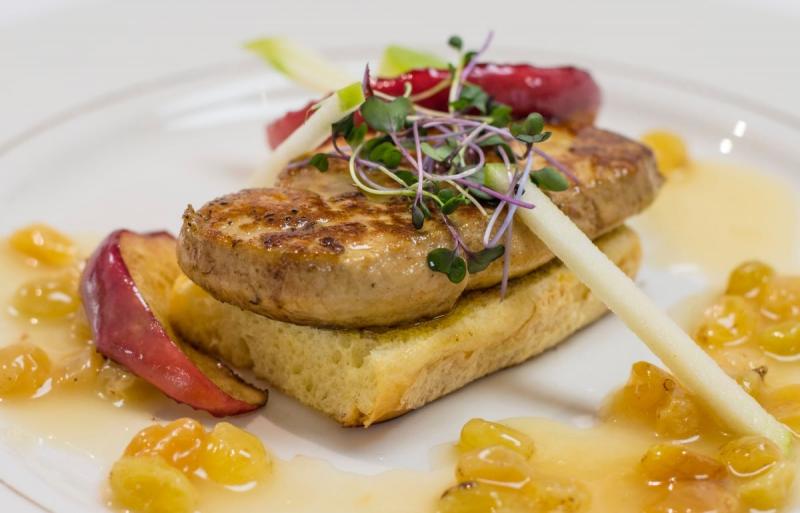
Goose liver on brioche with grilled apple and Tokaj raisins
Wine pairing: Tokaji Furmint dry or Tokaji Aszú 5 puttonyos (sweet wine)
Servings: 4
Ingredients:
4 small slices of Brioche (around the same size as the foie gras slices)
4 slices of Hungarian goose foie gras (slices should be 2-3 cm thick)
10 dkg of golden raisins
0,5 l 2 cups of Tokaji Furmint wine
1 tbsp of butter
2 apples
1.5 tbsp of honey
1 tsp 1-2 dkg of cornstarch
Preparation:
- Soak the sultanas in 2 dl of wine for 30 minutes, then drain the raisins and keep the liquid.
- Combine the rest of the wine and the wine used in step 1. Gently simmer on medium heat until its quantity is reduced in half.
- Put the sultanas back in the wine and simmer together for one minute.
- Add cornstarch to thicken the sauce.
- Add honey to your flavor.
- Core the apples and cut them into thick slices or wedges.
- Grill the apple slices gently using two tbsp. of melted butter and set aside.
- Sear the foie gras slices in a hot dry pan for 40 seconds on each side. Depending on its thickness, finish baking it in the oven at 180 C/350 F for 2-3 minutes and let it rest for 1-2 minutes.
- While the foie gras rests, grill gently the brioche slices.
- Put the brioche, the apple slices and the foie gras on a plate and pour some Tokaj raisins on top.
If you have Quince compote or puree, scoop some around the plate for decoration.
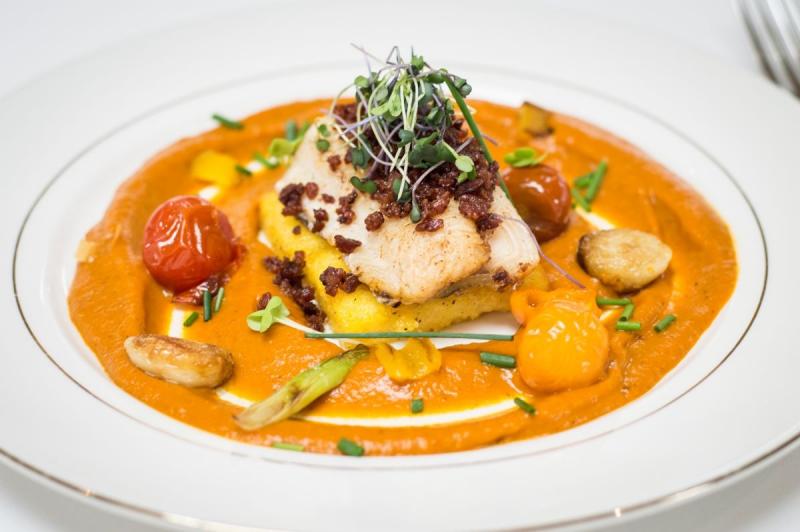
Fillet of Pickerel, Hungarian sausage crumble, puree of “Lecso” (Hungarian “ratatouille”)
Wine pairing: Hungarian Kadarka, Rosé or Pinot Noir or a Canadian Pinot Noir
Servings: 4
Ingredients:
Olive oil
2 lb 1kg Pickerel fillet
1 piece of Hungarian style dry smoked sausage
1 kg 2 lb yellow and red sweet pepper or Hungarian Wax pepper if available
0,7 kg 1,5 lb tomatoes (preferably Beefsteak tomatoes)
2 medium size onions
5 cloves of garlic
3 tbsp of corn flour
1 cup of polenta
2 cups of water
2 cups of milk
A few small cubes of cold butter
2 tsp Hungarian sweet paprika powder (Please try to find the original Hungarian brand, it will elevate your dish to another level)
Salt and pepper to taste
Green shoots for decoration
Preparation:
- Debone the Pickerel filets, cut them into 15 dkg slices and sprinkle with salt.
- Heat olive oil and butter in a pan, fry the skin on the side of the fillet for 2-3 minutes.
Pour 4 tbsp of melted butter into a baking tray lined with parchment paper and place the fillets with their skin facing up; bake 3-5 minutes on 180 C. / 350 F. Set aside and keep them warm.
- In a large saucepan bring water, milk and salt to a boil; when it starts to boil pour polenta slowly, whisk constantly until all the polenta is stirred in and there are no lumps.
- Reduce heat to low and cook for 30 minutes, stir every 1-2 minutes with a wooden spoon.
- Turn off heat and gently stir 2 tablespoons of butter into the polenta until it melts. Taste for additional salt if needed.
- Pour the cooked polenta into a baking pan covered in parchment paper and chill at least for 2-3 hours until firm.
- Cut the sausage into small pieces and stir-fry in 2 tbsp of olive oil on medium heat. You will know it is ready when the crumb gets crunchy but it does not burn.
- When ready, separate the crumb from the remaining oil and set it aside on a kitchen paper. Use this oil to cook the „Lecso”.
- Sprinkle additional 3 tbsp of olive oil in the pan and toss in the sliced onions. Sauté the sliced onions for 5-7 minutes or until they are translucent.
- Stir in the crushed garlic and cook for a few seconds.
- Add the peppers, sprinkle with paprika powder and salt, cook for about 15 minutes (until they soften).
- Add the tomatoes, cover and simmer over medium-low heat for about 25 minutes.
- Taste and add more salt if needed.
- Blend it to a puree adding a few cubes of cold butter.
- Spoon some of the Lecso puree on the plate and place the polenta and the grilled fish on top, decorate with green shoots.
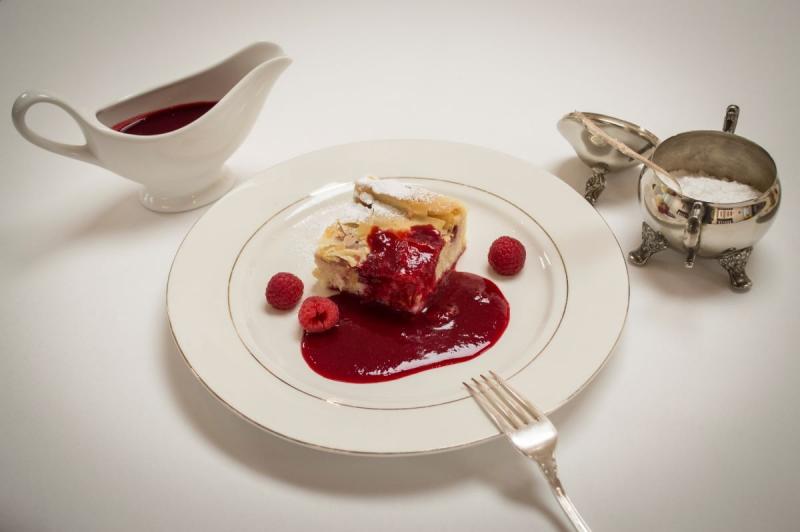
Sweet cottage cheese noodle pie with white chocolate and raspberry
Wine pairing: Tokaji Aszú 5 puttonyos or Tokaji Szamorodni Sweet
Baking pan: 6” X 12” rectangular or a 12” round cake pan.
Servings: 4
Ingredients:
30 dkg pressed cottage cheese
12,5 dkg granulated sugar
10 dkg butter
1 vanilla pod
30 dkg sour cream
1 whole egg
Zest of half untreated lemon
5 dkg white chocolate pastilles
8 dkg raspberries
15 dkg Phyllo pastry
7 dkg angel hair pasta (cérnametélt in Hungarian)
2 tbsp melted butter
Pinch of salt
A little melted butter for greasing the pan
Preparation:
- Preheat the oven to 160 C. / 320 F.
- Butter a small square or round baking dish.
- Bring a pot of water to a boil, add some salt and cook the noodles according to the package’s instructions. Drain well, pour over 2 tbsp of melted butter and set aside.
- Beat the egg yolks with the granulated sugar until it is fluffy and add the cottage cheese slowly. Then add the vanilla seeds, lemon zest, and sour cream. Beat for a few minutes until all the ingredients are well mixed and then carefully fold the cooked noodles into this mixture.
- Beat the egg whites and fold in the mixture.
- Place the pastry sheet on top of a baking pan, making sure a part of the pastry sheet hangs to the side of the baking pan. (This part will be used to cover the top of the cake at the end). Brush each layer with some of the melted butter and cover it with another pastry sheet. Place at least 3-4 layers of Phyllo pastry and always pour some butter on it.
- Pour the mixture in the filo pastry covered baking pan.
- Sprinkle the top with the fresh raspberry and the white chocolate chips.
- Fold the baking sheets that were hanging to the side so it covers the pastry, this will create a top layer.
- Place it in the oven, depending on its thickness bake for 50 minutes. It will be ready when the middle of the cake is still a bit wobbly but the top layer is golden coloured and crusty.
Let it rest and cool to lukewarm. Serve it with homemade raspberry coulis or just dust it with confectioner’s sugar.
Luckily, if we want to dig into Hungarian gastronomy and try some of its delicacies, we do not have to wait until all the travel restrictions are lifted. Many great Hungarian products and ingredients are available in Canada. Hungary is by far the largest waterfowl and foie grass exporter to Canada, but sour cherry, paprika powder, “Szegedi Szalámi” and top quality acacia honey are all Hungarian specialty products imported on regularly.
Once the pandemic is over and we can travel safely again, we encourage the more adventurous to visit this extraordinary country in the very heart of Europe not only for its gastronomy, but for its culture, history, architecture, landscape and so much more.

